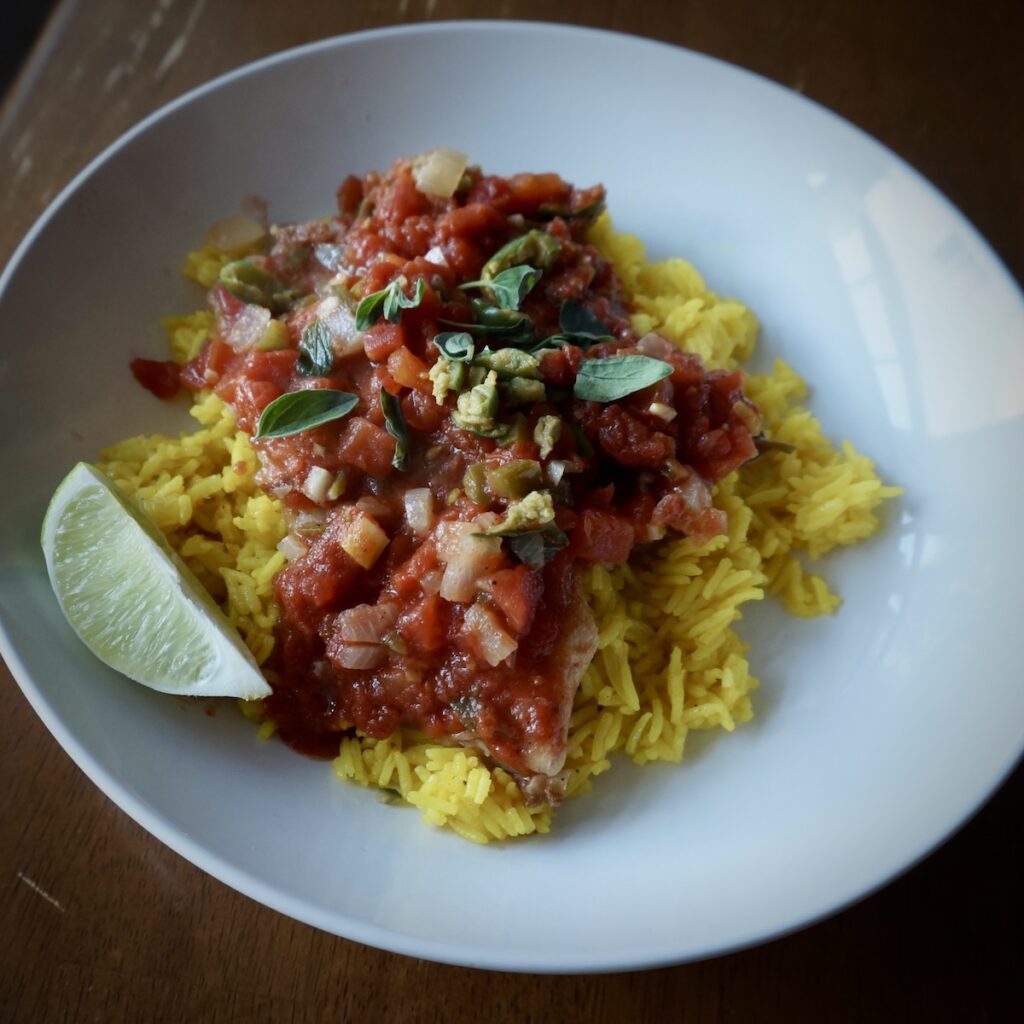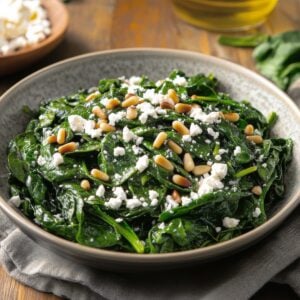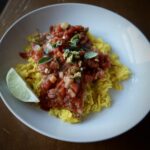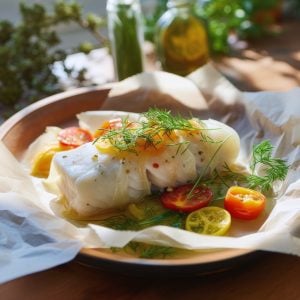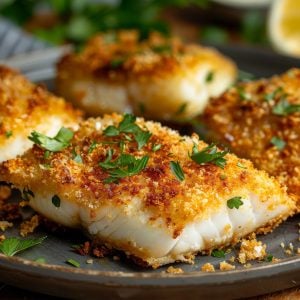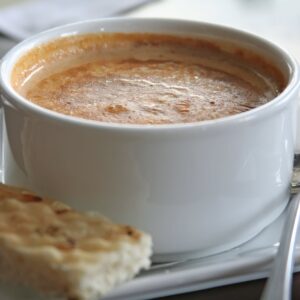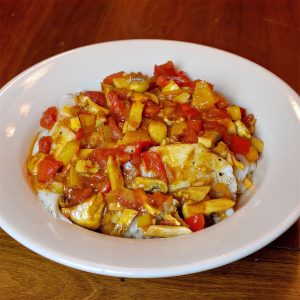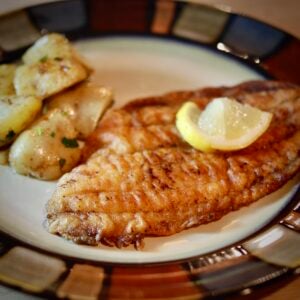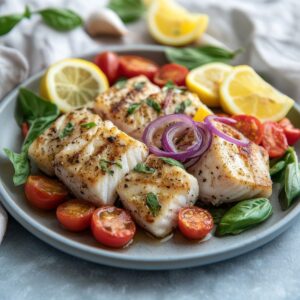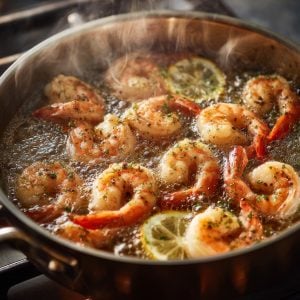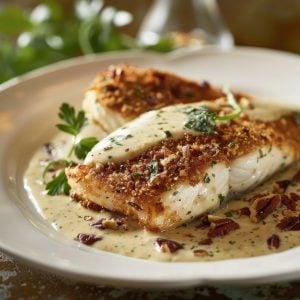Veracruz Sauce Recipe for Fish, Chicken, or Pork Tenderloin
This sauce is based on a Veracruz-style cuisine incorporating seafood, tropical fruits, and a mix of Spanish, indigenous, and African influences. A sauce Veracruz might include ingredients commonly found in the region, such as tomatoes, olives, capers, onions, and various herbs and spices. This combination of flavors is reminiscent of the Veracruz-style fish, a popular dish that typically features fish topped with a sauce made from these ingredients.
Veracruz-Style Cuisine
Veracruz-style cuisine refers to the culinary traditions of the Mexican state of Veracruz, which is located along the Gulf of Mexico. Veracruz is known for its diverse and flavorful food, influenced by a mix of Spanish, indigenous, and African culinary elements. Some key features of Veracruz-style cuisine include:
- Seafood: Given its coastal location, Veracruz is particularly famous for its seafood dishes. Fish, shrimp, crab, and various shellfish are commonly used in Veracruz-style cuisine.
- Sauces and Flavors: Veracruzano sauces often combine tomatoes, onions, garlic, olives, capers, and various herbs and spices. The resulting sauces are savory, aromatic, and can be slightly tangy.
- Herbs and Spices: Cilantro, parsley, and epazote are common herbs used in Veracruzano dishes. The cuisine often incorporates spices like cinnamon, cloves, and cumin.
- Fruits: Tropical fruits such as plantains, pineapples, and oranges are frequently used in Veracruz-style dishes, providing a sweet and tangy contrast to savory flavors.
- Rice and Beans: These staples are often served as accompaniments to many Veracruzano dishes.
- Tamales: Veracruz is known for its unique tamales, which may be filled with various ingredients like seafood, chicken, or pork and are often wrapped in banana leaves.
- Coffee: Veracruz is one of the major coffee-producing regions in Mexico, and locally-grown coffee is an integral part of the culinary culture.
- Mojo de Ajo: A garlic-infused sauce that is often used to enhance the flavor of seafood dishes.
One iconic dish from Veracruz is “Pescado a la Veracruzana,” which is fish Veracruz-style. It typically involves fish fillets topped with a tomato, onion, olive, and caper sauce.
Veracruz-style cuisine reflects the region’s cultural diversity and the availability of fresh ingredients from both the sea and the land. It’s important to note that culinary traditions can evolve, so there may be variations in recipes and techniques within Veracruzano cuisine.
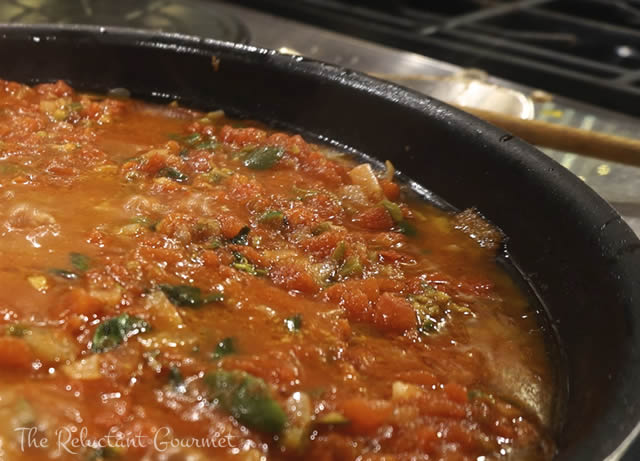
A Little Bit on Veracruz
Veracruz is a state located in the eastern part of Mexico, along the Gulf of Mexico. It is one of the country’s 32 federal entities and is known for its rich history, diverse culture, and vibrant traditions. Here are some key aspects of Veracruz:
- Geography: Veracruz is characterized by a varied landscape, including coastal areas along the Gulf of Mexico, fertile plains, and mountainous regions. The state’s diverse geography contributes to its agricultural and economic activities.
- Capital: The state capital is Xalapa, officially known as Xalapa-Enríquez. Xalapa is situated in the mountainous central region of Veracruz and serves as a cultural and educational hub.
- Port Cities: Veracruz is home to two major port cities—Veracruz (also known as Veracruz City) and Coatzacoalcos. The port of Veracruz is one of the oldest and most important ports in Mexico, playing a crucial role in trade and commerce.
- Culture and Traditions: Veracruz has a rich cultural heritage influenced by indigenous, Spanish, and African traditions. The state is known for its lively music, including the son jarocho genre, traditional dances, and vibrant festivals. The “Danza de los Voladores” (Dance of the Flyers) is a ceremonial dance with ancient roots that is performed in some parts of Veracruz.
- Cuisine: As mentioned earlier, Veracruz is renowned for its distinctive cuisine, which features a variety of seafood, tropical fruits, and flavorful sauces. The culinary traditions reflect the state’s coastal location and cultural diversity.
- Archaeological Sites: Veracruz has several archaeological sites showcasing pre-Columbian civilizations. El Tajín, located near the city of Papantla, is a UNESCO World Heritage site known for its ancient pyramids, ball courts, and other structures built by the Totonac people.
- Natural Beauty: The state has diverse ecosystems, including coastal areas, lush jungles, and cloud forests. The Cofre de Perote and Pico de Orizaba (Mexico’s highest peak) are part of the Trans-Mexican Volcanic Belt and are located in Veracruz.
- Coffee Production: Veracruz is a major coffee-producing region in Mexico, known for its high-quality Arabica coffee beans. Coffee cultivation is an important agricultural activity in the state.
Veracruz plays a significant role in Mexico’s history and contemporary culture, offering a blend of traditions, natural beauty, and economic activities. Its strategic location along the Gulf of Mexico has contributed to its importance in trade and commerce throughout the centuries.
Sauce Veracruz Recipe
Ingredients
- 2 tablespoon olive oil
- 2 onions white or yellow, peeled and dice
- 6 cloves garlic peeled and minced
- 30 ounces diced tomatoes
- 2 jalapeno peppers cut in half, seeds and ribs removed, then minced finely
- 1 lime zest removed and minced finely - reserve lemon
- 24 green olives like Castelvetrano or manzanillas, pitted and finely chopped
- 2 tablespoon capers rinsed
- ½ teaspoon ground cinnamon
- 2 bay leaves
- 2 sprigs fresh oregano leaves removed and reserved and stems discarded
- 2 tablespoon fresh parsley finely chopped
- 1 cup white wine if you don't cook with wine, substitute water
- salt & pepper to taste
Instructions
- Heat a medium sized saucepan over medium heat. When hot, add the olive oil and then add the onion. Saute until the onions begin to soften and become translucent, about 10 minutes.
- Add the garlic and cook for another minute or two.
- Add the tomatoes (with juice), stir, lower heat and simmer for 7 - 10 minutes.
- Add the jalapeno peppers, lime zest, olives, capers, cinnamon, bay leaves, oregano, parsley and wine (water). Stir to combine all the ingredients and simmer for 15 - 20 minutes until the sauce has cooked down to the consistency you like.
- Taste and adjust seasonings with salt and pepper.
- Before serving, be sure to remove the bay leaves so there are no surprises.

